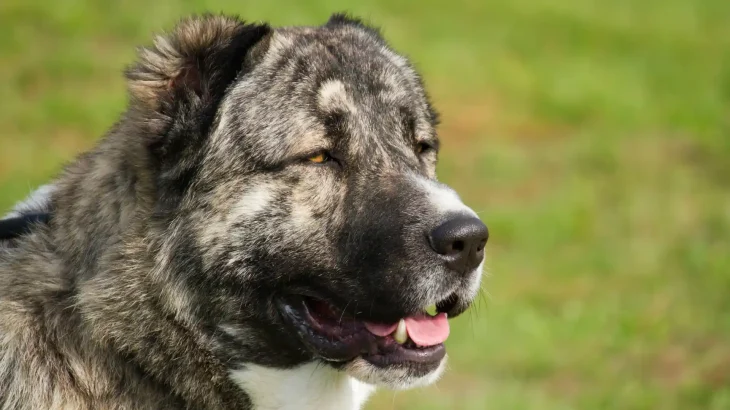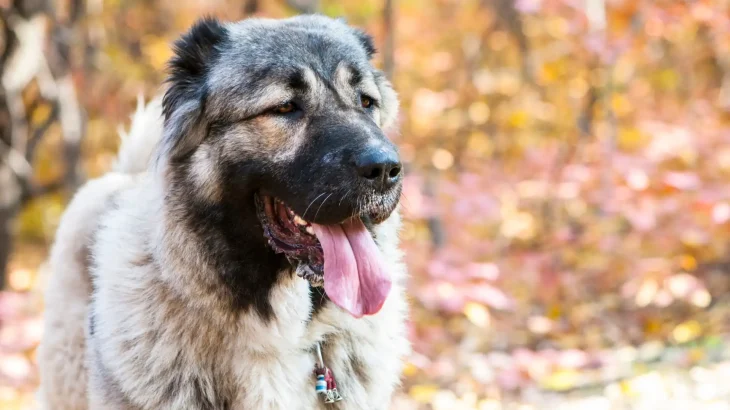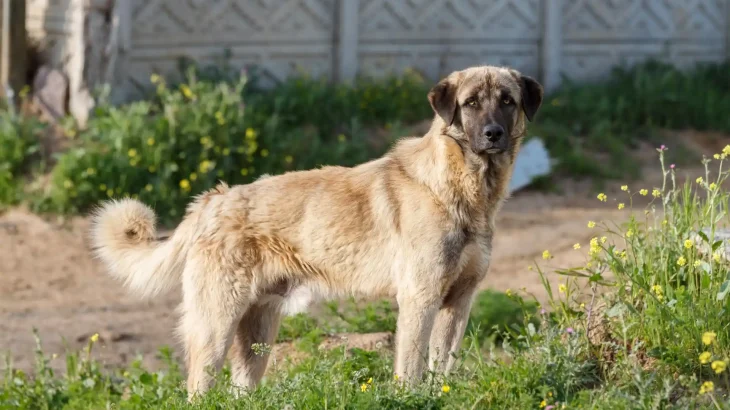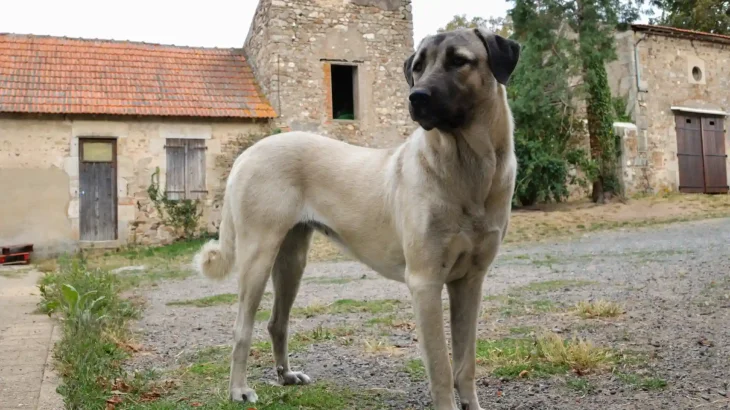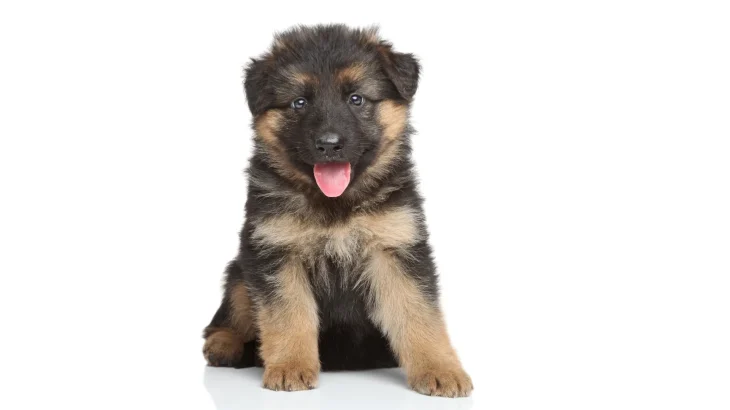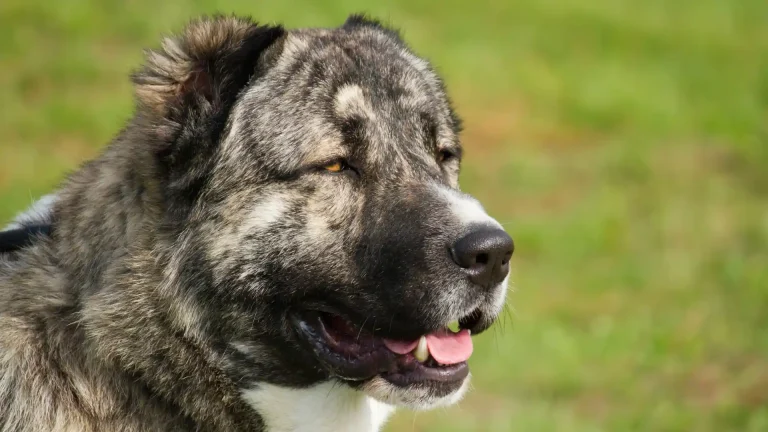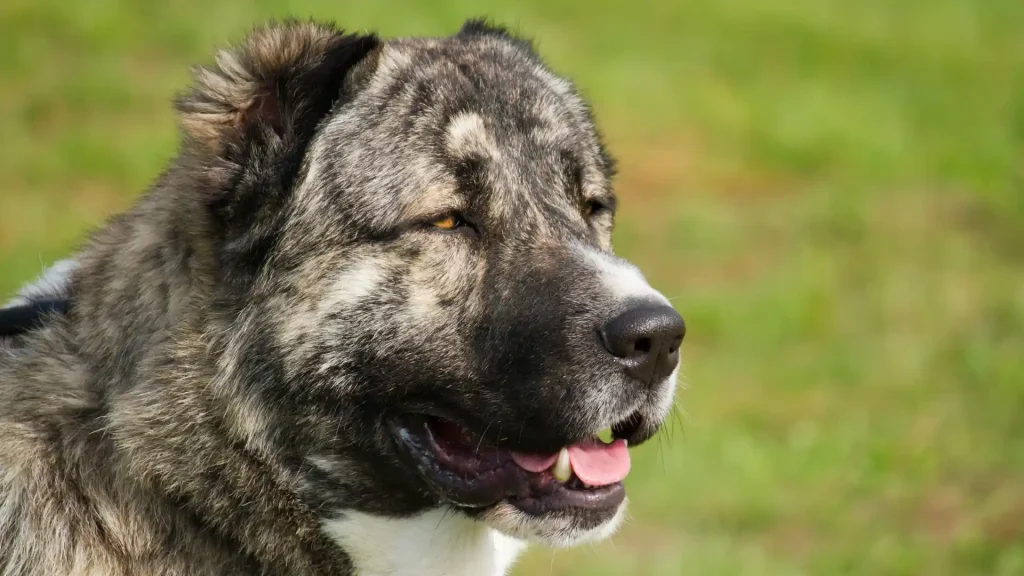Deciding between adopting or purchasing a Kangal Dog puppy involves weighing factors like cost, health guarantees, and ethical considerations. Purchasing from a reputable breeder generally provides detailed health and pedigree information, while adoption offers a chance to give a home to a dog in need, often at a lower cost. Each option has advantages depending on what you prioritize in bringing a Kangal Dog into your family.
| Criteria | Buying from Breeder | Adopting from Shelter/Rescue |
|---|---|---|
| Cost | Higher cost (often ₹60,000 to ₹1,50,000 or more), reflecting health checks and pedigree. | Lower fees, typically more affordable, sometimes with vaccinations included. |
| Health History | Detailed health records and vaccinations; breeders conduct genetic screening. | Health history may be limited, but basic health checks are usually done. |
| Ethical Considerations | Supports responsible breeding when choosing reputable sources. | Helps provide homes to dogs in need and supports welfare efforts. |
| Breed Purity & Pedigree | Clear lineage documentation and breed standards. | Breed purity often uncertain; may have mixed or unknown lineage. |
| Temperament Insight | Breeders provide information on lineage temperament and socialization. | Shelters provide observed behavior but full background usually unknown. |
| Legal Documents | Official registration papers and ownership documents provided. | May have limited or no formal ownership papers but include adoption agreements. |

